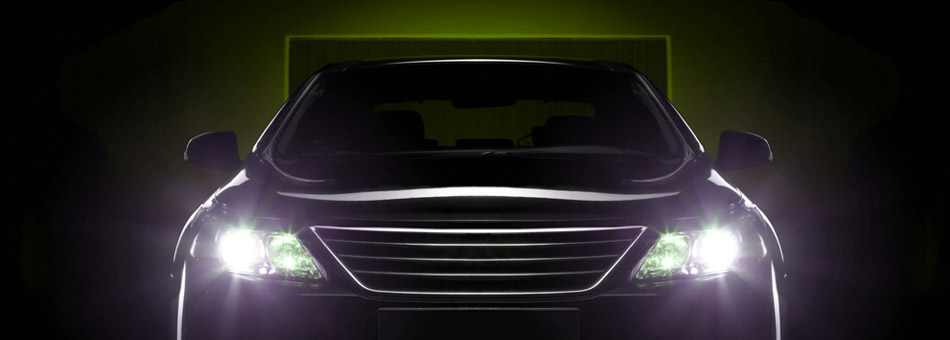Travelling to the Birmingham Museum and Art Gallery
When browsing the best things to do in Birmingham, it would be wise to keep in mind that the city always confounds expectations. No matter what you've read or what's been said about England's second city, it's never quite what you think it's going to be.
Sure, you've heard about the famous canals, but self-effacing locals rarely wax lyrical about the glorious green spaces, wonderful restaurants, and amazing theatres and concert halls they live nextdoor to. These are all wonderful stops when in the city. However, the must-see destination is the Birmingham Museum & Art Gallery.
First opened in 1885, the museum now houses an impressive range of as many as 40 permanent galleries that showcase applied arts, social history, archaeology and ethnography. In addition to the permanent galleries, the museum also hosts a diverse exhibition programme that ranges from a special exhibition on the West Midlands Fire Service to 20th century British ceramics.

If you're travelling straight from the Birmingham airport to a hotel in the city, you might want to ride in style by taking advantage of the Birmingham airport taxi transfers offered by chauffeur services such as Cars Exec. Birmingham is incredibly easy to reach. Right in the centre of England, it's well-connected by road, rail and air. If you plan to travel by road, then again, a chauffeur taxi service may be your best option.
Art connoisseurs will appreciate the galleries of 14th to 21st century paintings. The Pre-Raphaelite Collection includes over 2,000 pieces of fine and decorative art. Among these are Ford Madox Brown's The Last of England and William Holman Hunt's The Finding of the Saviour in the Temple. Don't miss the gallery devoted to renowned British artist Edward Burne-Jones.
Find objects from Ancient India and Central Asia, to Ancient Egypt and Rome in the Antiquities collection. Look for the Sultanganj Buddha, found in North India by a railway engineer. This bronze sculpture dates to A.D. 500-700. In the Ethnography gallery you can see tribal masks from Africa and carved figurines from South America. Learn about the Industrial Revolution and the city's history in the Birmingham: Its People, Its History exhibit.
Birmingham Museum and Art Gallery (BMAG) first opened in 1885. It is housed in a Grade II listed city centre landmark building. There are over 40 galleries to explore that display art, applied art, social history, archaeology and ethnography.
The art gallery is famous for its Pre-Raphaelite paintings, which are part of the largest public Pre-Raphaelite collection in the world. A new gallery has recently opened at Birmingham Museum and Art Gallery that tells the fascinating story of the Staffordshire Hoard.
Discover the fascinating story of the Staffordshire Hoard, the largest hoard of Anglo-Saxon gold ever found, in its own dedicated gallery.
The Birmingham History collections feature prominently in the 'Birmingham: its people, its history' gallery, which covers the majority of the 3rd floor. You can also see art and objects spanning seven centuries of European and World history and culture.
In addition to the permanent galleries there is a diverse exhibition programme that offers a series of changing exhibitions throughout the year.
From Renaissance masterpieces and cutting edge contemporary art to Egyptian mummies and the iconic HP factory sign, Birmingham Museum & Art Gallery showcases a world class collection and offers fascinating glimpses into Birmingham's rich and vibrant past. Highlights include the finest collection of Pre-Raphaelite art in the world and the largest find of Anglo-Saxon gold ever discovered - the Staffordshire Hoard. Don't miss the Birmingham History Galleries - packed with artefacts, local treasures and interactive displays that reveal captivating stories of Birmingham from the last 500 years.
Vast and impressive, this museum holds a magnificent collection of Victorian art and is known internationally for its works by the Pre-Raphaelites. All the big names are here — among them Rubens, Renoir, Constable, and Francis Bacon — reflecting the enormous wealth of 19th-century Birmingham and the aesthetic taste of its industrialists.
Galleries of metalwork, silver, and ceramics reveal some of the city's history, and works from the Renaissance, the Arts and Crafts movement, and the present day are also well represented. One gallery displays part of the incredible Staffordshire Hoard, the greatest collection of Anglo-Saxon treasure ever discovered. The 3,500-strong haul was unearthed in a field 16 miles north of Birmingham; among the hundreds of items on permanent display here include helmets, gold, jewelry, and metalwork. The Edwardian Tearoom is a good place to have lunch, and there is a great play area for kids just outside.
